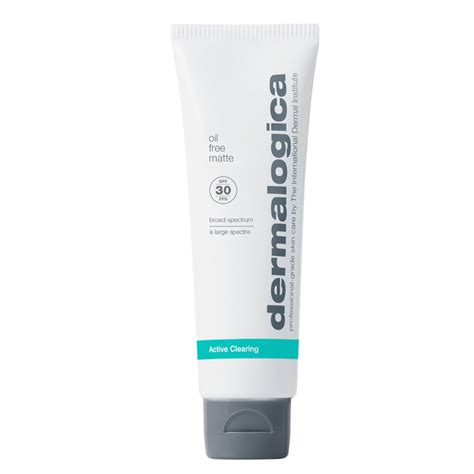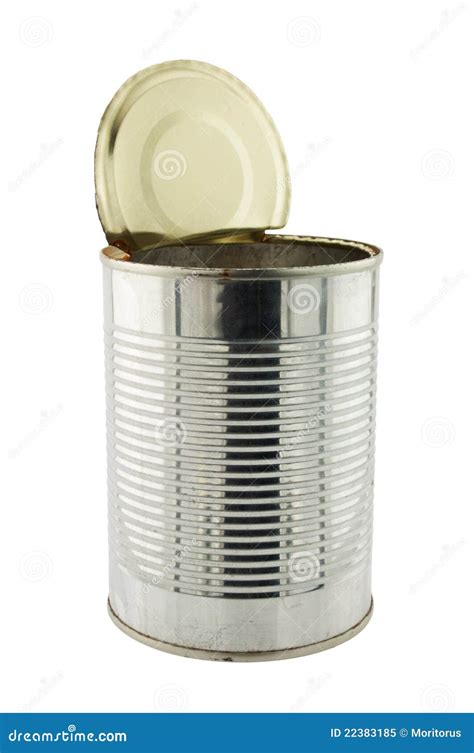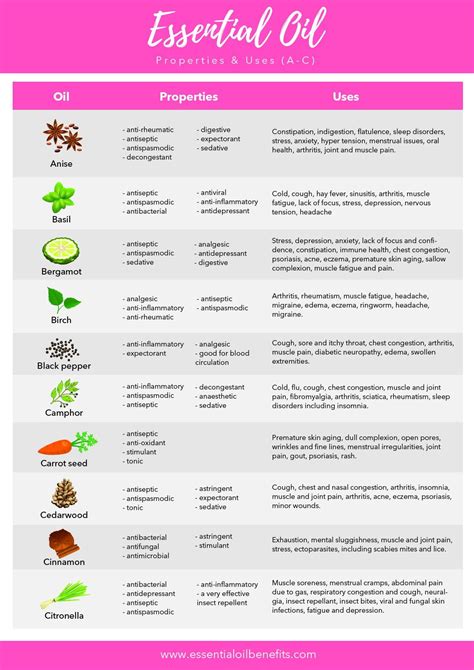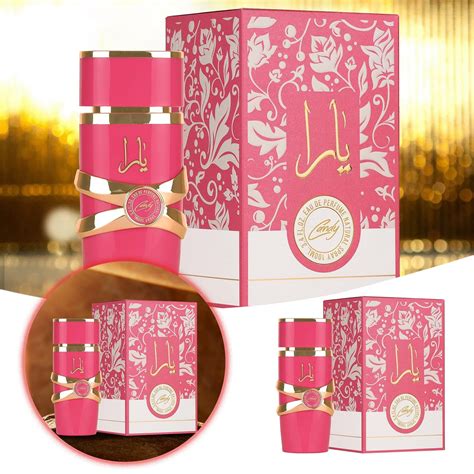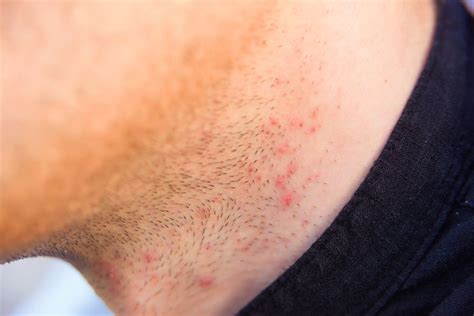What’s the optimal post-shave routine to prevent razor burn & ingrown hairs for peak skin performance?

Achieving Peak Skin Performance After Shaving
Shaving is often a necessary part of a grooming routine, but it can unfortunately lead to uncomfortable side effects like razor burn, irritation, and stubborn ingrown hairs. These issues not only detract from your skin’s appearance but can also cause pain and discomfort. The good news is that with a well-structured post-shave routine, you can significantly mitigate these problems and promote healthier, smoother skin. This guide outlines the optimal steps to ensure your skin performs at its best after every shave.
Immediate Post-Shave: Cool, Cleanse, and Calm
The first few minutes after shaving are crucial. Your pores are open, and your skin is sensitive. The goal here is to close pores, remove any lingering irritants, and begin the soothing process.
Start by rinsing your face thoroughly with cool or cold water. This helps to close the pores and constrict blood vessels, reducing redness and inflammation. Avoid hot water, which can further irritate already sensitive skin. Use your hands to splash water gently, ensuring all remnants of shaving cream and severed hairs are gone.
Next, gently pat your skin dry with a clean, soft towel. Do not rub vigorously, as this can cause friction and exacerbate irritation. A gentle patting motion is sufficient to remove excess moisture without stressing the skin.

Soothing and Hydrating: The Aftershave Essential
Once your skin is clean and damp, it’s time to apply a quality aftershave product. Forget the stingy, alcohol-laden splashes of yesteryear that often dry out and irritate the skin. Modern aftershave balms and lotions are designed to soothe, hydrate, and protect.
Look for products that are alcohol-free and contain beneficial ingredients such as aloe vera, witch hazel, chamomile, allantoin, or hyaluronic acid. These ingredients help to reduce redness, provide hydration, and promote healing. Dispense a small amount into your palms and gently massage it into your freshly shaved skin, covering all shaved areas.
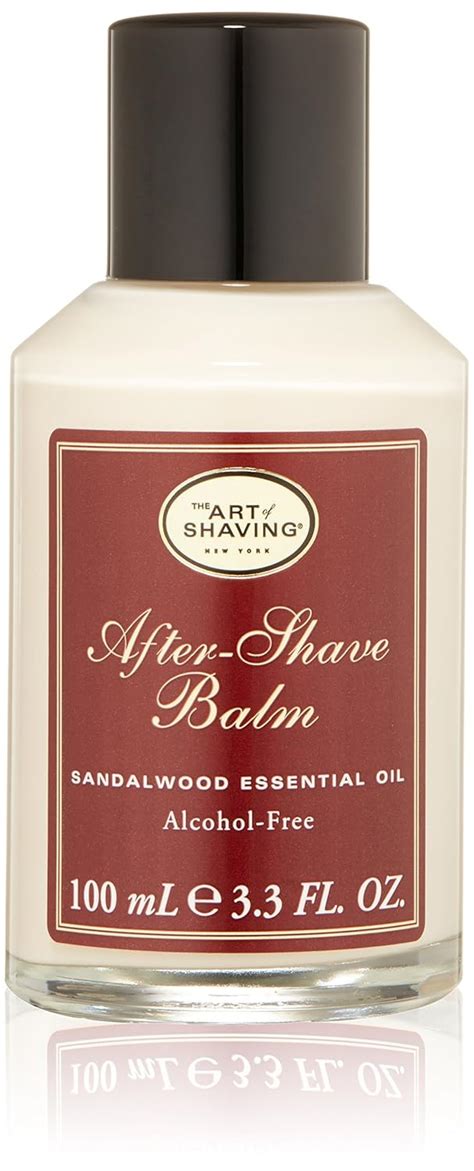
Preventing Ingrown Hairs: Targeted Treatment
Ingrown hairs occur when hair curls back into the skin and grows inwards, leading to bumps, redness, and sometimes infection. Prevention is key, and it begins shortly after your shave.
Approximately 12-24 hours after shaving, you can introduce a gentle exfoliant. This helps to remove dead skin cells that can trap hairs and prevent them from growing outwards. Look for chemical exfoliants containing salicylic acid (BHA) or glycolic acid (AHA). These acids gently dissolve dead skin cells without harsh scrubbing, which can irritate sensitive skin. Apply these products sparingly, and not immediately after shaving when your skin is most vulnerable. Regular, gentle exfoliation 2-3 times a week can dramatically reduce ingrown hairs.
Consistent hydration also plays a critical role. Well-hydrated skin is more supple, allowing hairs to grow out more easily rather than curling back into a dry, rigid surface. Continue to moisturize daily, even on non-shaving days, with a non-comedogenic moisturizer.
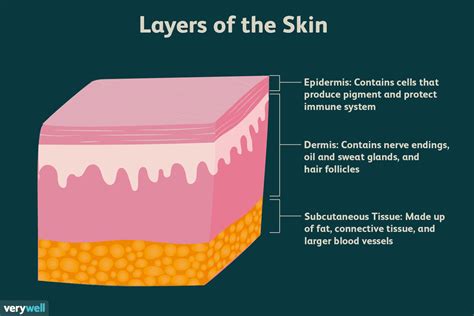
Long-Term Strategies for Optimal Skin Health
While the immediate post-shave routine is vital, adopting a holistic approach to your shaving habits will yield the best long-term results for preventing razor burn and ingrown hairs.
- Shave with the Grain: Always try to shave in the direction of hair growth to minimize pulling and irritation.
- Use a Sharp Razor: A dull blade tugs at hair, causing irritation and an uneven cut. Change your razor blade every 5-7 shaves or at the first sign of dullness.
- Proper Prep: Always shave on wet, softened skin. Use a quality shave cream or gel to create a protective barrier.
- Cleanliness: Keep your razor clean and store it in a dry place to prevent bacterial growth.

Choosing the Right Products for Your Skin
Understanding your skin type is essential for selecting the best products. If you have sensitive skin, opt for fragrance-free and hypoallergenic formulas. For oily or acne-prone skin, look for non-comedogenic products that won’t clog pores. Ingredients like tea tree oil can offer antiseptic benefits, while calendula can provide extra soothing properties.
Experimentation might be necessary to find what works best for you, but generally, avoiding products with harsh chemicals, excessive fragrance, and drying alcohols is a good starting point for anyone prone to razor burn and ingrown hairs. Consistent application of these post-shave principles will transform your shaving experience, leading to remarkably smoother, healthier, and irritation-free skin.
